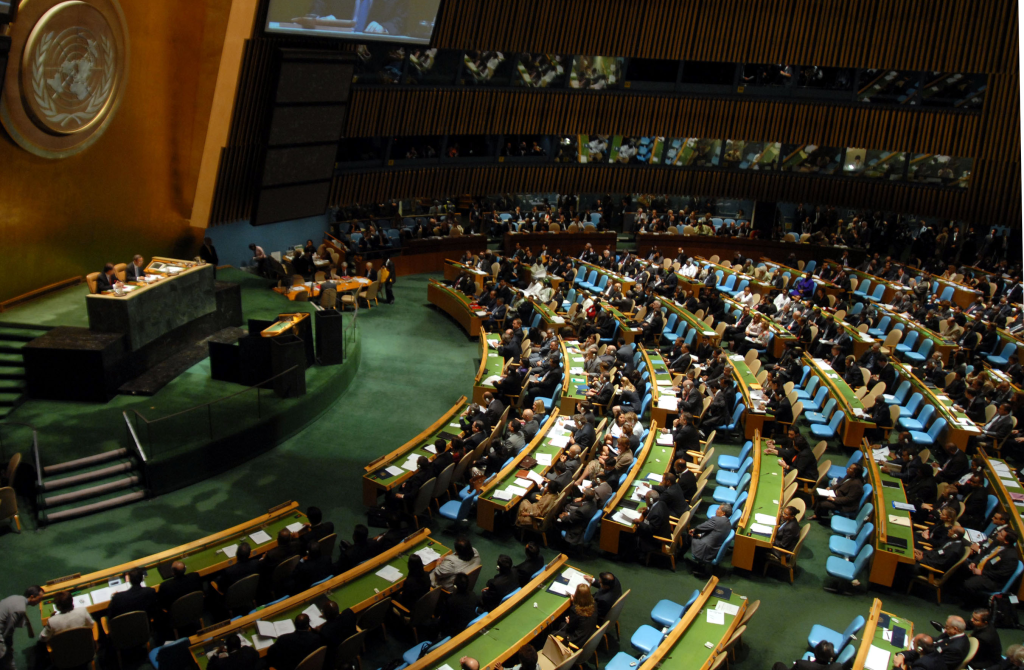
Every September 26, the world stops for the International Day for the Complete Destruction of Nuclear Weapons but the question is, in 2025, why does the day continue to sound like an alarm clock we can’t sleep through? The reason is in the bleak statistic: nuclear weapons are the only human-designed machines capable of ending civilization in the duration it takes to have a lunch break. This UN-observed day is not so much a ceremonial move towards peace it’s an action call to teach, to advocate, and to shift the world’s attention on the need for disarmament.

1. The Purpose of the Day: Education, Advocacy, and Refocus
The vision of the UN for this day is threefold. First, to educate in particular young people about the horrific human cost of nuclear weapons, or risk the passing of time erasing from memory Hiroshima and Nagasaki and the lessons they imparted to us. Second, to pressure governments to rally public opinion to move governments away from nuclear deterrence policy and towards genuine disarmament. And third, to refocus moving discussion from abstract geopolitics to the inescapable fact that any deployment of nuclear weapons would release unimaginable human suffering and environmental catastrophe.
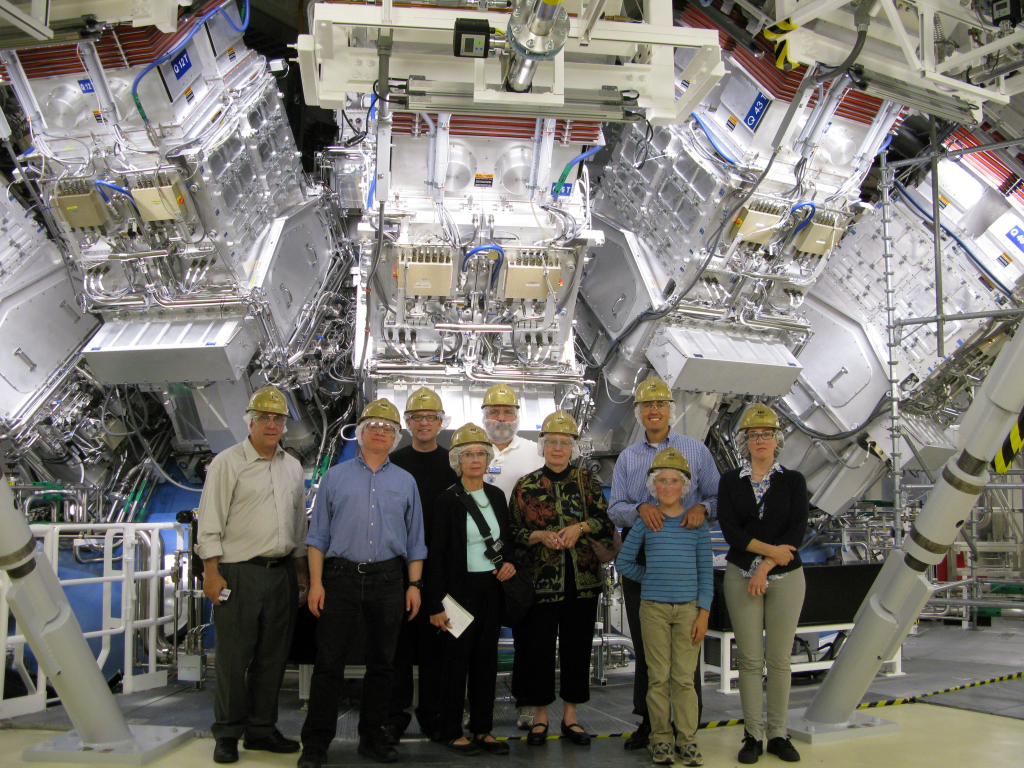
2. Why Nuclear Weapons Are Unique From All Others
These are not “big bombs.” They burn nuclear fission or nuclear fusion fuel, with yields in kilotons or megatons orders of magnitude greater than traditional explosives. To put this into perspective, the largest traditional bomb now is of the order of 0.011 kilotons, whereas Hiroshima was 15 kilotons. Thermonuclear warheads nowadays are over 20 megatons. Their zone of destruction includes an annihilating fireball, city-destroying blast waves, heat that incinerates, and the silent assassin radiation which hangs around for decades.
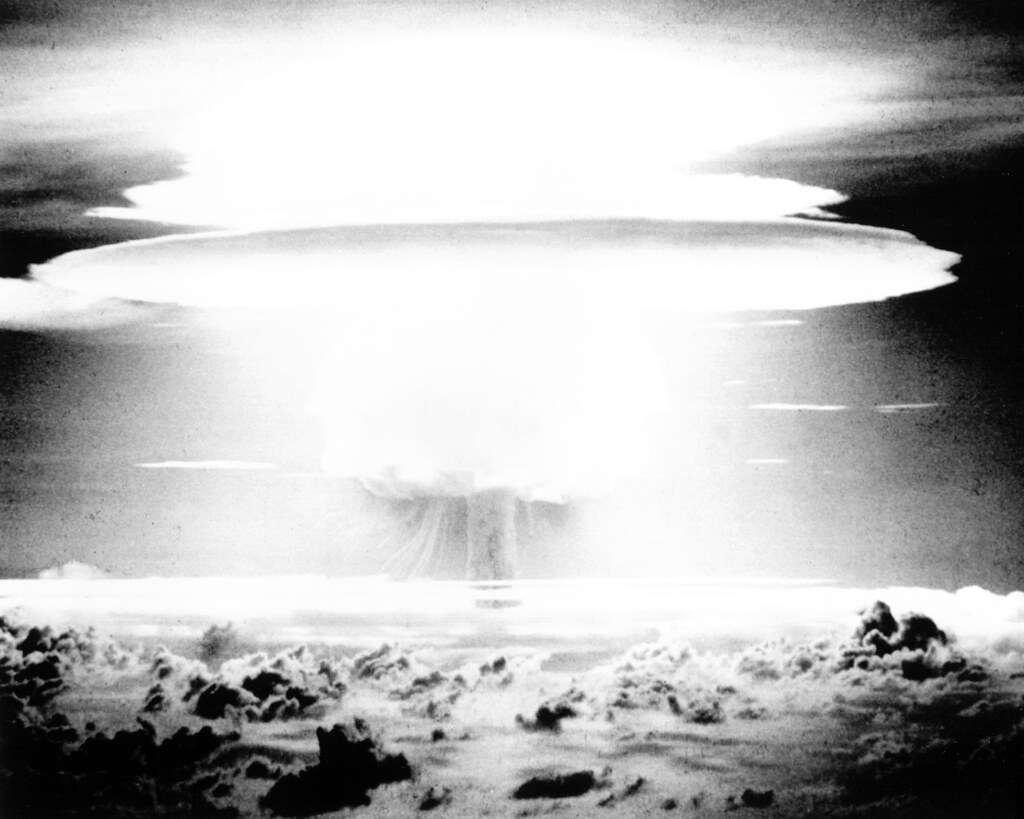
3. The Long Shadow of Fallout
Fallout from nuclear weapons has left its mark on the entire world. Earlier experiments, like the 1954 BRAZO experiment in the Marshall Islands, exposed people to doses of more than 100 Gy to the thyroid in children, leading to spectacular elevations in thyroid cancer. Fallout particles move long distances, polluting air, water, and food, and have the potential to cause cancers and genetic damage for centuries. As the National Cancer Institute has approximated, US fallout from Nevada tests alone might ultimately lead to some 49,000 cases of thyroid cancer.
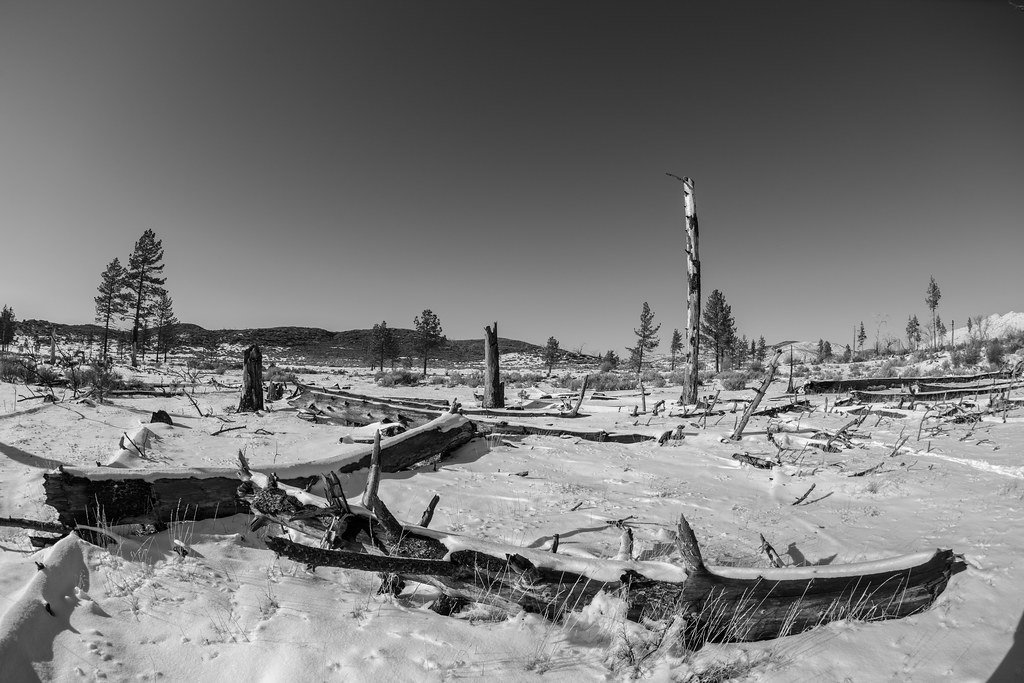
4. The Science and Politics of Nuclear Winter
The “nuclear winter” hypothesis, initially proposed in the 1980s by researchers such as Carl Sagan, warns that smoke from cities’ firestorms could prevent sunlight from entering Earth’s atmosphere and induce as much as 10°C of global cooling for almost a decade. Current models estimate that the effects can be even worse, e.g., a “nuclear little ice age” lasting thousands of years. Even a small war between India and Pakistan can kill 130 million and starve 2.5 billion for two years. As Alan Robock has emphasized, it is “even more urgent” today to research and disseminate these effects.

5. Disarmament Treaties: Achievements and Shortfalls
Since the Partial Test Ban Treaty of 1963 to the Treaty on the Prohibition of Nuclear Weapons in 2017, experience has taught that diplomacy can reduce arsenals more than 65,000 warheads existed in the mid-1980s, whereas approximately 12,500 exist today. None of the nine nuclear powers did enroll in the 2017 treaty, and fundamental Cold War-era arrangements have broken down. The Ukraine war and emerging nuclear threats highlight the delicacy of former gains.

6. The Psychological Dimension: Resilience Building
Existence under threat of possible nuclear war may generate a silent, chronic fear. Social resilience theorists emphasize the value of wise activism acquiring knowledge of danger without fatalism. Peace education, activist networks, and public dialogue assist in transforming fear into action, reinforcing a sense of personal agency even in the face of ultimate danger.
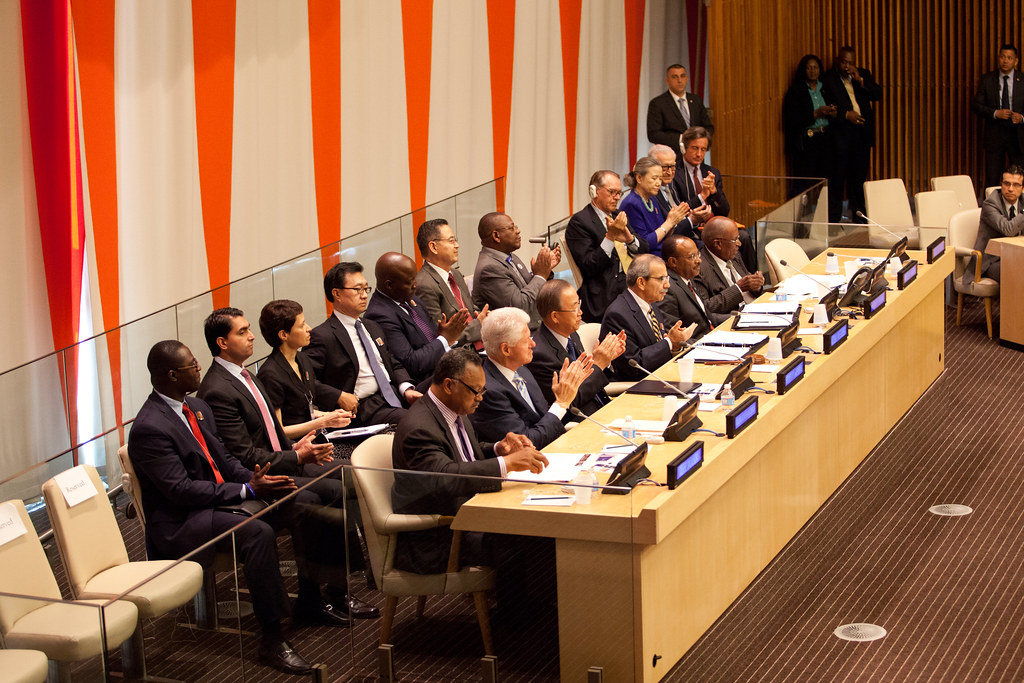
7. Bridging the Deterrence-Abolition Gap
As the Carnegie Endowment study points out, the world is divided between reliance on nuclear deterrence and calls for their destruction now. Overcoming this divide includes embracing security interests and lowering both intended and unintended threats. Suggestions are to dismantle “overkill” inventories, entrench mutual restraints, and bolster the “nuclear taboo” by virtue of high-level political discussion.
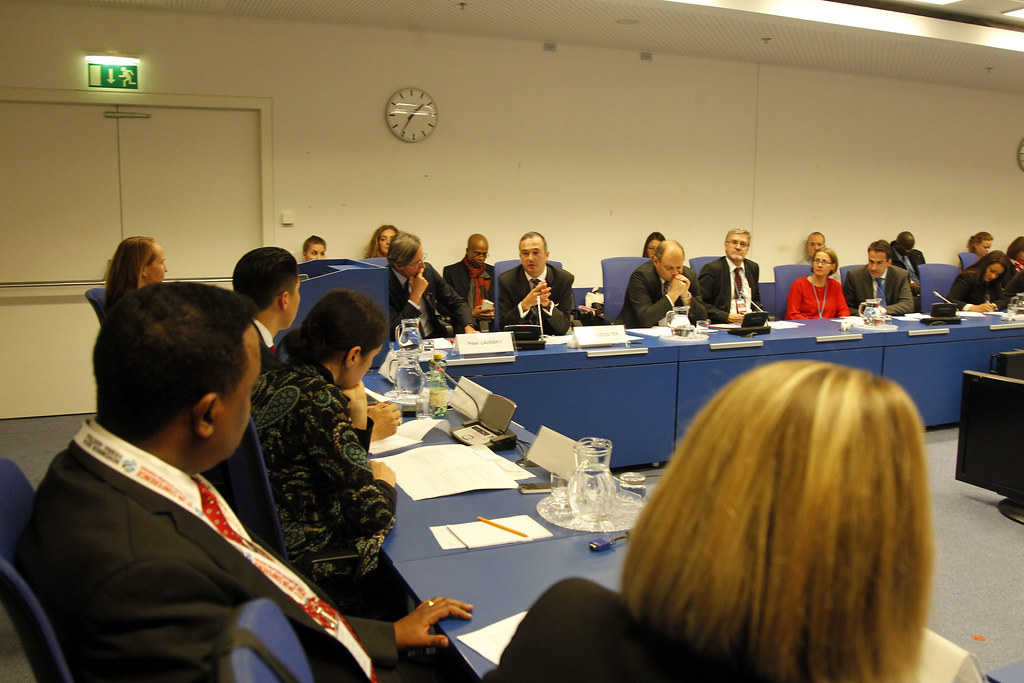
8. The Role of Civil Society
The International Campaign to Abolish Nuclear Weapons, to whom the Nobel Peace Prize was awarded in 2017, is one example of how popular movements can inform world policy. Civil society can push leaders to make intentions, talk, and take stabilization steps though if abolition remains politically off the table.
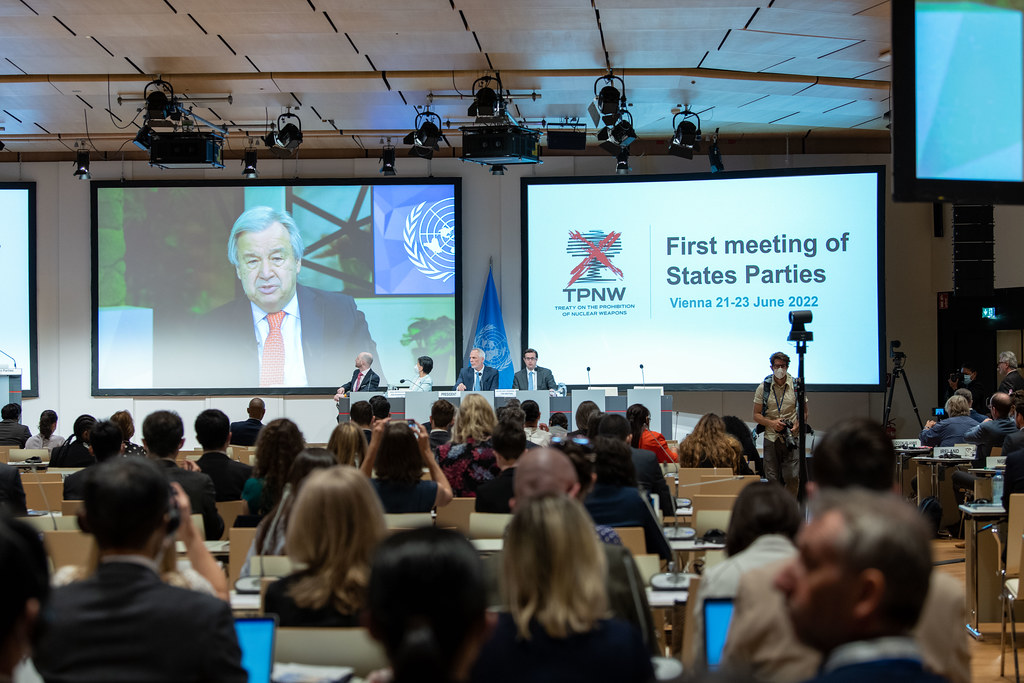
9. Why This Day Matters More Than Ever
In a time of remoralized great-power competition, new proliferation threats, and climatic ambiguity, the International Day for the Complete Prohibition of Nuclear Weapons is more than just a calendar date. It’s a call to remember that preventing nuclear holocaust isn’t the exclusive job of diplomats and warriors it’s a human obligation. Each talk, class discussion, and policy debate today unleashes makes our global progress toward a safer, nuclear-weapon-free world more robust.


